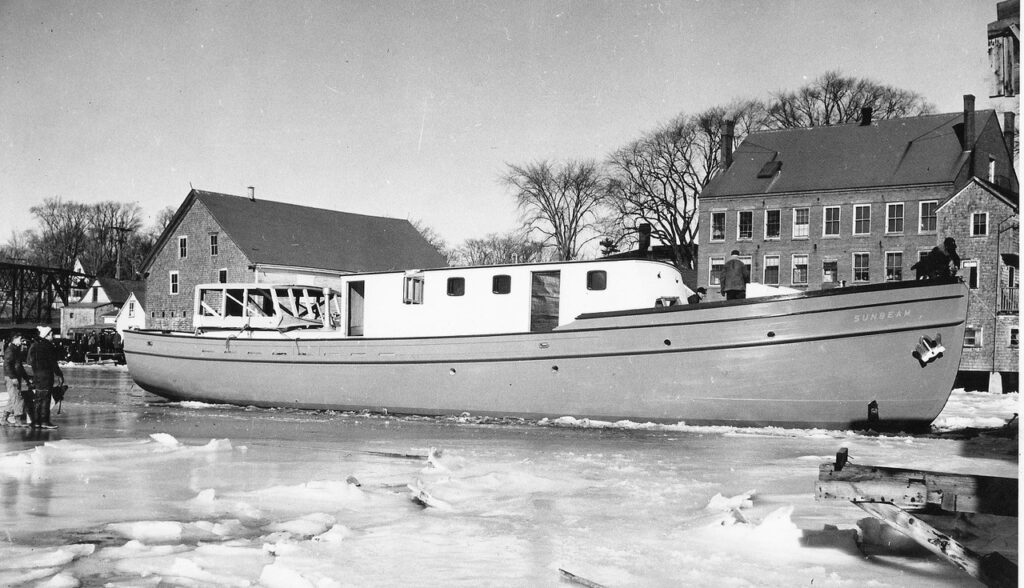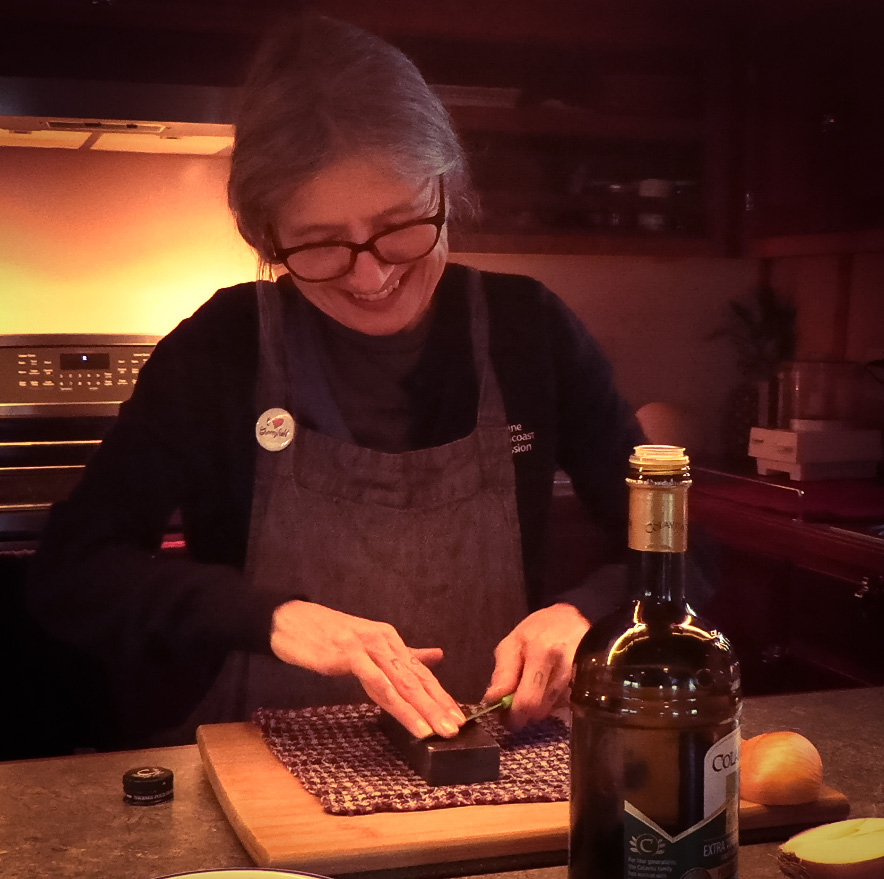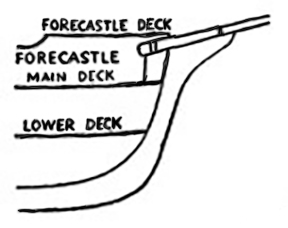Aboard the Sunbeam, Mission programs often take center stage. Yet crew members always have fascinating stories and interesting reflections to share. This month, we plumbed the minds of Captain Mike Johnson and Steward Jillian for some of their ruminations on life and work aboard our beloved Sunbeam.
From the pilothouse with Captain Mike Johnson
In extreme weather, the Sunbeam is occasionally asked to break sea ice in protected harbors. This can be as simple as helping a single lobster boat out of an icebound shipyard, or as major as freeing the Isle au Haut Thoroughfare to allow the ferry to continue her runs. The Maine Seacoast Mission has a long history of this service. Beginning with Sunbeam III in 1939, the design of the hull was adapted to include sheathing to protect the wooden hull from ice damage. The decision to switch to a steel hull on Sunbeam IV and V was undoubtably influenced by the need to operate in ice.


I came into my position on the Sunbeam as an experienced warmer weather captain, and I give full credit to former captain David Allen for teaching me the artistry of controlling a vessel in these conditions. First of all it is LOUD! – disconcertingly loud. Furthermore, the boat has limits with ice depth, and serious changes in maneuverability that are sometimes only apparent after the fact. Do I charge full steam ahead to punch through the eight inches, or do I subtly let the bow rise onto the ice sheet to allow the weight of the vessel to sink down? It is a nervous moment when I choose the latter and it takes thirty seconds for the bow to crunch down through. Drama aside, there is no threat to the safety of the boat or crew, only a loss of pride if we were to get stuck and eat Jillian’s cookies until the Coast Guard breaks us out!
Hopefully good weather is right around the corner and we can share these stories together on a nice summer trip to Frenchboro.
From the galley with Jillian

Although familiar with cookie baking, I had little experience of being on water and using nautical terminology when I applied. I prepared for my job interview with Captain Mike by studying a simple illustration of a ship’s anatomy. Starting at the basics—port, starboard, bow, stern. I said these words along with a handful of others to myself while driving to the beloved Sunbeam for the first time. Bathrooms on a boat are called heads and a kitchen aboard is a galley, it was all new to me. And after eight years it is still new. It has been fun hearing and learning the language of mariners, the words and expressions said in proximity to water.

For example, I just love the word fo’c’s’le. The fo’c’s’le on the Sunbeam is my pantry. It is forward of the galley beyond Sharon’s office. It has great shelving to keep groceries and cookware stable in rough seas. Fo’c’s’le, I’ve never known a word with three apostrophes before. Fo’c’s’le is even fun to say, the way it moves around the mouth. The apostrophes reflect sailors’ pronunciation of the word. It is short for forecastle and describes the structure at the front of a vessel, used as a shelter for stores or as quarters for sailors.
The term dates back to the 1300s, when in the early days of ship warfare, ships were built with castles on the front and back. The forecastle and aftcastle initially would house archers protecting the ship. Although the use of the castles changed over time “castling” remained a significant feature on ships for hundreds of years. The Mayflower, a ship most of us can see in our mind’s eye is a good example of a historic ship with prominent castles.
Incidentally, although we still say fo’c’s’le, the term aftcastle has morphed simply to aft to describe the rear of the boat.
Want more about the Sunbeam and its crew? Explore the Sunbeam web page and learn more about our Island Health and Island Outreach programs.
